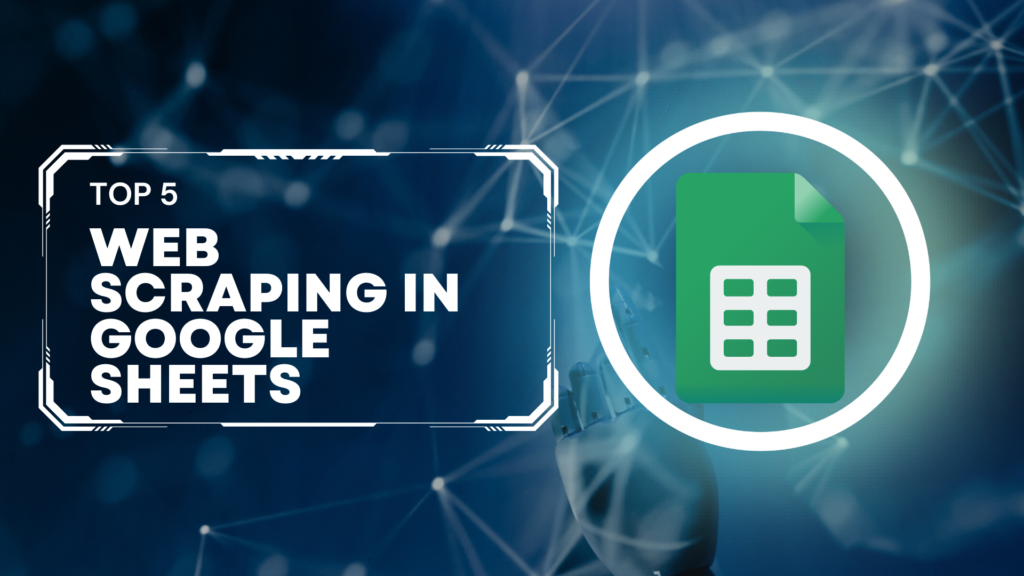How to Use URLs for State Management in React
State management is a fundamental aspect of building React applications. While many developers rely on tools like Redux or React’s built-in state management, there’s an alternative approach that offers simplicity and improved user experience – using URLs for state management. In this guide, we’ll explore the concept of URL-based state management in React and how to implement it effectively.










